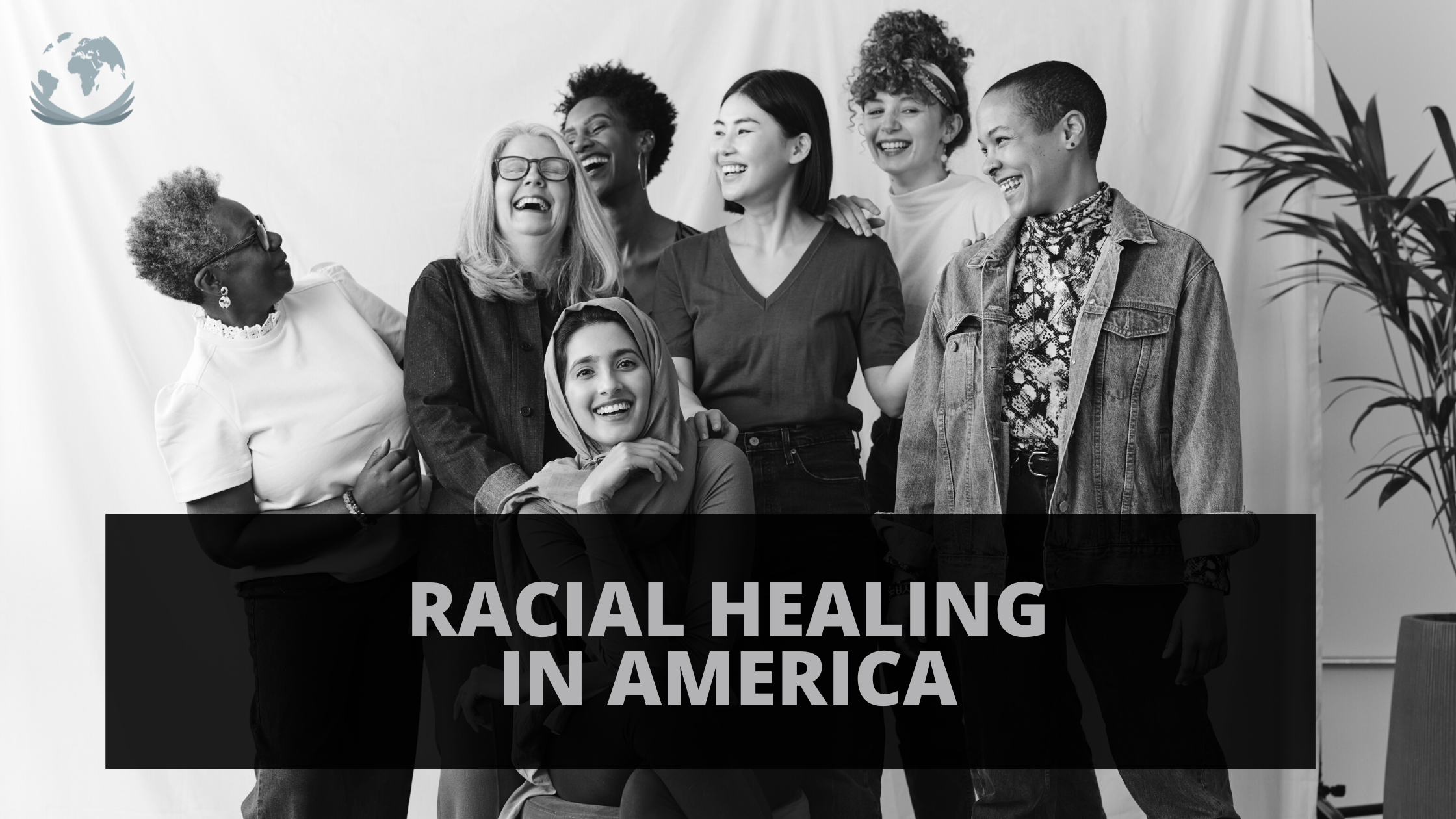The Truth Behind Racial Healing in America
Racial healing has become an increasingly important topic of conversation in America in recent years. As the country continues to grapple with the legacy of slavery and the systemic racism that continues to this day, many have sought to find a path toward healing and progress.
But what does “racial healing” really mean? What is its impact on America? How can we move toward true healing and progress? Let’s look into it.
Racial Healing and Transformation
What is Racial Healing?
Racial healing involves acknowledging the injustices and discrimination that have been experienced by people of color and working towards creating a more equitable society where all individuals are treated with dignity and respect.
It is a complex and challenging process, but it is a necessary one for the health and well-being of any nation. By recognizing our shared history, understanding each other’s humanity, and taking meaningful steps to address racism, we can begin to move toward true racial healing and progress.
While significant progress has been made in addressing racial inequalities in the United States, there is still much work to be done to fully realize the goal of racial healing.
How Racial Healing Began in America
The truth behind racial healing in America begins with acknowledging the dark history of slavery and segregation that has shaped the country. For centuries, people of color in the United States have been subjected to discrimination, segregation, and violence simply because of the color of their skin.
From the transatlantic slave trade to the Jim Crow laws that enforced segregation in the South, to the ongoing systemic racism that persists today, people of color have consistently been treated as second-class citizens.
Progress of Racial Healing in America
Americans have begun recognizing their history of racism and its current manifestations - acknowledging the history of slavery and its lasting effects, reading historical stories, as well as accepting the current realities of racism in the United States. This has been difficult for many people, as it requires facing painful truths about our society and our history. But it has been an essential and effective step toward healing.
A significantly larger number of Americans have started recognizing the humanity among all people, regardless of their racial background. More people are understanding and accept that all people are worthy of respect and dignity and that racism and prejudice are wrong. They are recognizing the unique experiences of different racial groups, and understanding the different ways racism has impacted these groups.
A crucial step in the process of racial healing is addressing these past wrongs. This includes acknowledging the legacy of slavery and segregation and working to ensure that the voices and experiences of people of color are heard and valued. It also involves accepting the ongoing impact of these wrongs and working to address the persistent inequalities and injustices that continue to affect people of color in the present day.
How Americans can Accelerate Racial Healing in their Country
One way that this can be done is by introducing policies and practices that promote equality and inclusion. This may include affirmative action programs, which aim to increase diversity in education and the workforce, or policies that address issues such as police brutality and mass incarceration.
It may also involve efforts to address economic inequality, such as increasing access to education and job training or promoting policies that support small businesses and economic development in underserved communities.
In addition to these structural changes, racial healing also requires open and honest conversations about race and diversity. This means acknowledging and confronting the biases and prejudices that exist within ourselves and our society, and working to create a more inclusive and welcoming culture for all people. It also means engaging in dialogue and listening to the experiences and perspectives of people of different races and backgrounds, and working to understand and appreciate the diversity of our society.
Wrapping Up
Ultimately, the goal of racial healing is to create a more just and united society, where everyone is treated with fairness and equality. And it requires taking meaningful steps to address racism and create a more equitable society.
America has been making policy changes, such as reforms to policing, housing, and education, as well as initiatives to increase economic opportunity and support for marginalized communities, and requires a concerted effort from individuals, communities, and institutions to address the underlying causes of racial inequality and to work towards creating a more inclusive and equitable society for all.
While the process of racial healing may be challenging and sometimes difficult, it is a vital step toward creating a better, safe, and peaceful future for all Americans.

